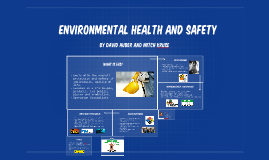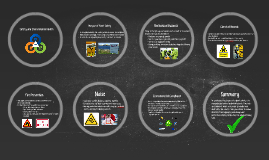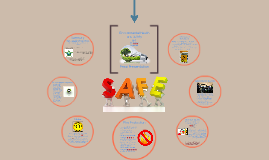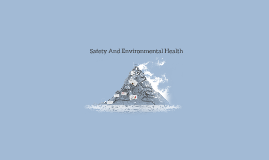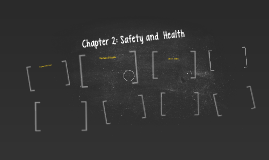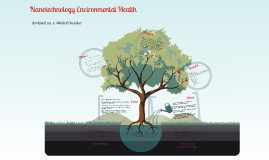Environmental Health and Safety
Transcript: Noise levels are measured in units called decibels ( dBA ) Excessive noise can lead to permanent hearing loss The BEST way to protect against hearing damage and loss is controlling the noise or wearing ear protection if the noise cannot be controlled Injury, illness, and death is always possible while working at a plant Its always important to work safely for the benefit of you and your co-workers. Be sure to know procedures of anything you need to handle in the plant By Kiana Spencer OSHA mandates most of the protection for individual workers. Be sure to dispose of waste CORRECTLY and PROPERLY to prevent the damage to the environment or other workers. Summary VOCS ( volatile organic compounds ) are toxic substances that help the washes work well and evaporate quickly. Because they evaporate quick, VOCS can pass into worker's lungs and outside air. Do NOT use: benzene, carbon tetrachloride, gasoline, chloroform, and carbon disulfide. Wear personal protective devices ( safety glasses, gloves, respirators, etc ). There are four type of chemicals and agents 8-1 Hopefully these slides helped you learn about environmental health and safety. For more, look into the Graphic Communications textbook. The Purpose of Plant Safety Most of the safety and health guidelines are mandated by OSHA ( Occupational Safety and Health Administration ) Other groups that mandate health and safety guidelines are CAAA ( Clean Air Act Amendments ) or EPA ( Environmental Protection Agency ) Typical wastes from the commercial printing industry include paper, photochemical solutions and films, inks and ink-contaminated solvents, equipment cleaning wastes, and lubricating fluids from machinery Be sure you are trained and know how to handle materials, tools, and equipment Many on-the-job physical injuries are resulted from mechanical hazards workers should use proper personal protective devices Environmental Health and Safety Note: Chemicals MUST be discarded in an environmentally safe manner, never down the drain or sewer. Environmental Compliance Mechanical Hazards Noise Ink- and solvent-soaked rags MUST be placed in an approved and covered metal waste can Solvent Vapors, paper dust, and antisetoff powders are sources of explosion dangers. Do NOT dump solvents into drains; store and dispose them in compliance with state and local enviornmental protection standards Chemical Hazards workers should always wear personal protective devices such as gloves or goggles to protect themselves while working Fire Protection 1. Organic solvents 2. Platemaking chemicals 3. Ink Mists 4. Gases, fumes, and dust Prezi Presentation






